Promising method for breast cancer screening
A radiation-free and painless ultrasound method instead of a mammogram is how Orçun Göksel and Sergio Sanabria would like breast cancer screens to be carried out in the future. The technology developed by the two ETH researchers, which can also detect other diseases, was yesterday awarded the Spark Award 2016.
The jury had a challenging task ahead of them: in 2015 alone, ETH Zurich researchers produced 195 inventions, 98 of which have been registered for patent approval. Out of all these innovative ideas, they had to select the most economically promising one for the Spark Award, which has been awarded at ETH for the past five years. Specialists from ETH transfer, ETH Zurich's technology transfer unit, as well as external jurors from research and industry spent the past few weeks evaluating the originality and potential of all these inventions.
"The new ultrasound method from inventors Göksel and Sanabria emerged as the clear winner. The technology stands out thanks to its potential for quick acceptance and application in the medical market," said Detlef Günther, ETH Vice President Research and Corporate Relations, in his speech before some 200 guests in the Audi Max. "This award is a turning point for us and a wonderful recognition of a year and a half of intensive research," said the delighted Orçun Göksel, Professor at the Computer Vision Laboratory. "It demonstrates the applicability of our method," added Sergio Sanabria, a scientist in Göksel's group.

Detecting tumours with ultrasound
The novel ultrasonic measurement can be used to diagnose various tissue changes, in particular to detect tumours. Until now, many tumours could not be seen in an ultrasound. Instead of the standard practice of measuring the backscattering of sound, the new method measures the time taken by an ultrasound wave: the stiffer the tissue, which is the case with tumours, the faster the sound wave passes through the tissue. To do this, the researchers developed their own probe head together with an image processing programme. Patient trials are currently being carried out in collaboration with University Hospital Zurich. If all goes as hoped, the two researchers will either found a start-up or search for a partner to license the technology.
The way to a competitive business
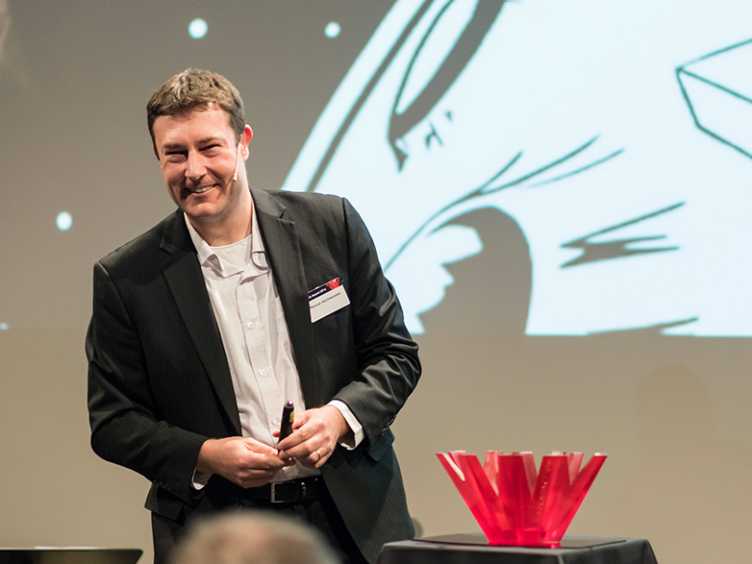
In his speech, Manuel Aschwanden prepared the two founders for the challenges facing start-up founders. The founder and CEO of ETH spin-off Optotune, which specialises in flexible optical lenses, admitted: "Developing a single copy in the laboratory is something completely different from commercial mass production." For that it is necessary to secure financing, find employees and build up a customer base. And he warned: "Everything that can go wrong, will go wrong." Nevertheless, Aschwanden does not regret the step he took towards independence because, despite the setbacks, there are many moments of joy and success. In the eight years since its foundation, Optotune has developed into a competitive company with a comprehensive product range.
The other finalists
Four other inventions reached the Spark Award finals:
Earlier detection of lymphatic diseases
Together with their teams, Jean-Christophe Leroux and Michael Detmar developed a measuring system for the early detection of diseases of the lymphatic system. Patients are painlessly administered a dye packed in 'microneedles'. The microneedles slowly dissolve in the body and dispense the dye in the lymphatic system. Removal of the dye provides information on how well the lymphatic system functions. The colour is made visible using a fluorescence detector. external page Video.
Flexible thermal flow sensor
Philipp Rudolf von Rohr and his colleagues developed a sensor for measuring temperatures and thermal flows under extreme conditions. In particular, the sensor can withstand high temperatures and high pressures, and is also able to withstand chemically active substances. The scientists use it to monitor their plasma drilling processes, which are used for deep geothermal drilling. It is also suitable for conducting measurements at incineration plants or on aircraft engines. external page Video.
LEDs without heavy metals
Flat screens with luminescent, cadmium-based nanocrystals were long the industry standard. Vanessa Wood and her team have now developed a heavy-metal free luminescent material that can be used in monitors but also as a marker in medicine. The nanocrystals, or so-called quantum dots, are comprised of four chemical elements and offer much potential – they are relatively easy to synthesise and scalable on an industrial level. external page Video.
3D printer for metal
The micro 3D printing process devised by Janos Vörös and his team makes it possible to manufacture tiny and complex metal components, such as microtools for keyhole surgery. What makes this technique so special is that it can print even overhanging structures in a single step. A pipette is used to place a metal solution onto a substrate. The metal solution reacts to the solid metal, which is deposited as a tiny component on the substrate, and the structure grows underneath the pipette (see ETH News from 20.01.2016) external page Video.
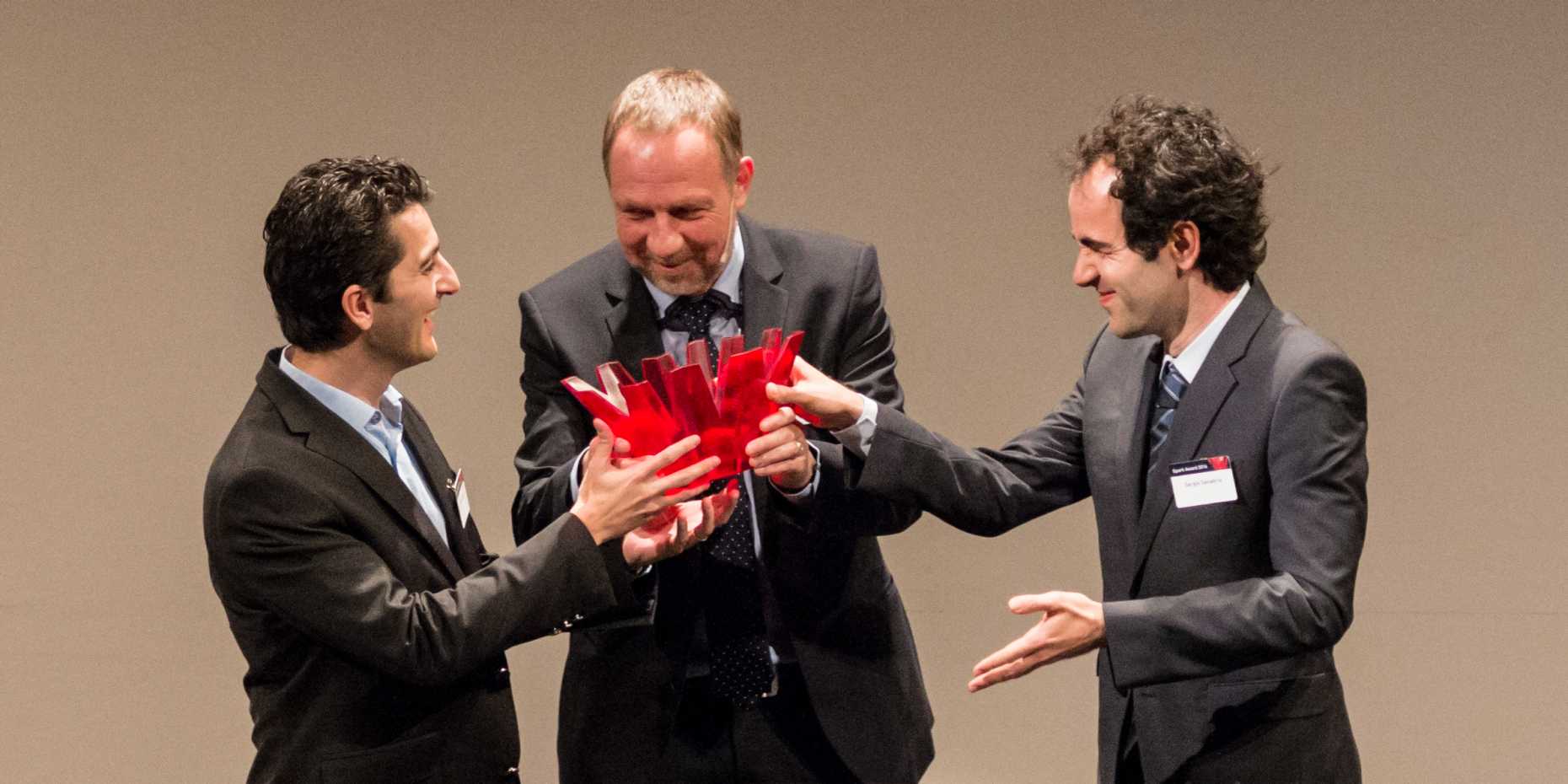

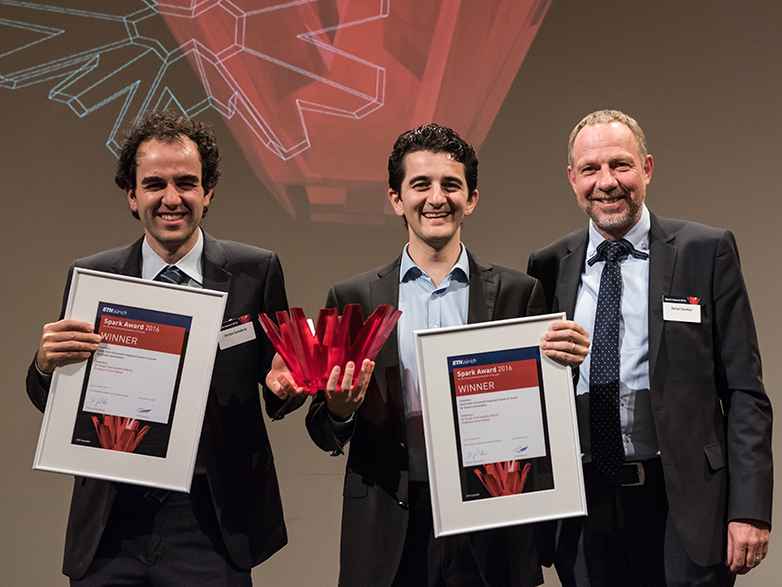

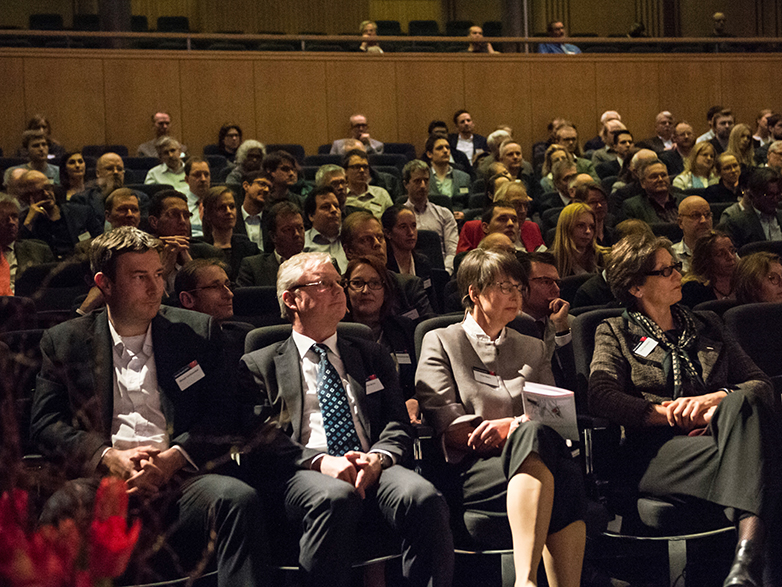

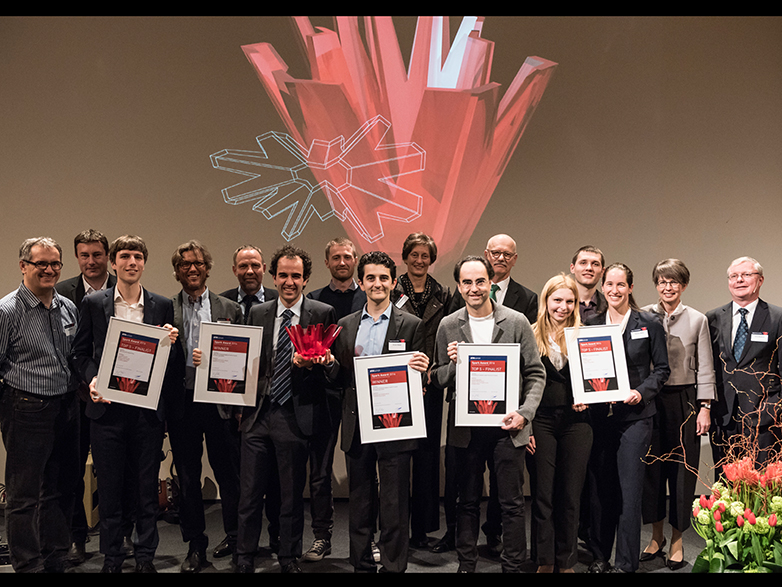
Comments
No comments yet